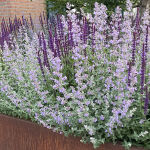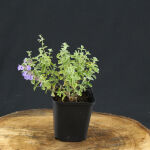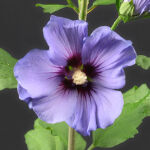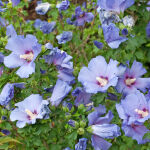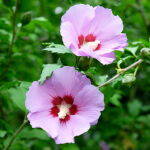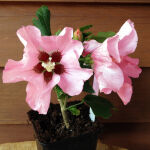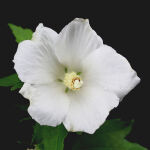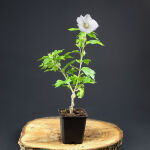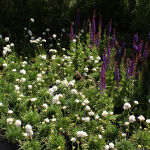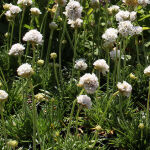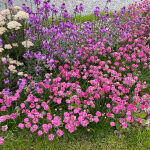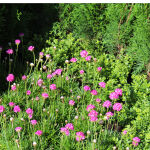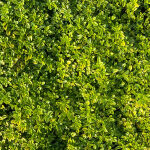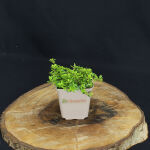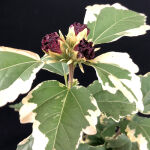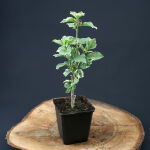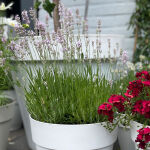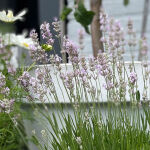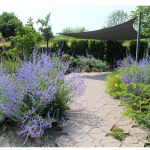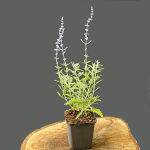Bee-friendly perennials
Bee-friendly perennials create a garden full of scents, colours and life.
A garden planted with plants creates an open space and quality of life for people and animals. It helps to maintain biodiversity. Insects and birds are happy about such newly created habitats. Many insects are now threatened with extinction because they simply lack food and it is becoming increasingly difficult for them to find suitable food sources. Even a small garden with flowering garden plants is a paradise for them. Butterflies, bees and bumblebees pollinate our fruit and vegetable plants, which is why they are indispensable for our environment. A garden, small or large, can also bring joy to people with colourful planting. It offers recreational space and invites you to linger and relax. At Intragarten you will find a large selection of insect-friendly plants and shrubs.
What are bee-friendly plants?
Bee-friendly plants are flowering plants that produce pollen and nectar. Preference is given to plants where bees can easily reach the pollen. There are about 20,000 different species of bees worldwide. The different bee species may have a certain preference for a particular flower. It is therefore important that there is a wide variety of different plants and flowers that produce many different types of pollen. It is also important that fresh pollen can be collected throughout the season, which means from early spring to late autumn. Nectar and pollen can be plentiful because you can attract not only bees but also bumblebees and butterflies to your garden.
Why bee-friendly plants?
Unfortunately, a large number of bee species worldwide are not doing well at the moment. The exact cause is not yet known, but it is thought that dwindling natural areas, pesticides, climate change, over-fertilisation, monocultures in agriculture and fewer nesting opportunities are possible causes. Concern about this has led to more and more initiatives being launched in recent years to combat this bee death. One third of the food that people consume a lot, such as apples, tomatoes, strawberries and coffee, are partly dependent on pollination by bees. Bees and bumblebees are indispensable for the pollination of crops and thus also for our food chain! They are completely dependent on flowers for pollen and nectar for their nutrition.
How to create a bee-friendly garden
It is actually very easy to attract bees and bumblebees to your garden. If you put a variety of flowering plants in your garden that produce lots of pollen and nectar, you will contribute to the biodiversity that is necessary for a varied bee diet. A nice but not unimportant benefit is that you can also enjoy beautiful flowering plants with fragrant flowers. Many bee plants like to stay in a sunny place, but there are also nectar plants that attract bees in the shade, such as ivy. By using plants with different flowering times, you can create flowers and colour in your garden almost all year round and at the same time make a great contribution to bumblebees, bees and butterflies. A pure win-win situation!

